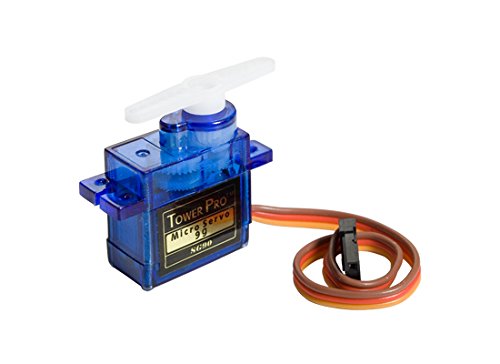What is a Servo Motor?
A servo motor is an exceedingly small piece of equipment that rotates or moves pieces of machinery with great accuracy. It is driven by electrical signals and is often used where motion control and precision are needed. Unlike normal motors, servo motors do not simply spin in circles; they travel to a certain position or angle as directed.
How Does a Servo Motor Work?
There are three key components to a servo motor:
1. Motor – Supplies the power to drive.
2. Control Circuit – Takes orders and controls the movement.
3. Feedback Mechanism – Makes sure the motor goes exactly as far as desired.
The feedback system (usually a potentiometer or encoder) gives the controller details about the motor's position and adjusts accordingly. This closed-loop system is what creates the high accuracy of servo motors.
Types of Servo Motors
1. AC Servo Motors – Utilized in high-speed and industrial purposes.
2. DC Servo Motors – Less complex, often used in hobby and robotics projects.
3 Positional Rotation Servo – Moves in a predetermined angle (0° to 180°).
4. Continuous Rotation Servo – Continuously spins like a normal motor.
Where Are Servo Motors Applied?
1. Robotics – For movement of joints and accurate positioning.
2. Cameras – For gimbal and lens movement.
3. Aerospace & Drones – For flight control surfaces.
4. Automation Systems – In case of conveyor belts and CNC machines.
5. 3D Printers & CNC Machines – In case of precise control of movements.
Why Select a Servo Motor?
1. High Precision – Ideal for applications where precision is needed.
2. Small Size – Easy to accommodate in small devices.
3. Efficient Control – Suitable for programmable applications.
4. Reliable Performance – Consistent performance in repetitive applications.





Comments